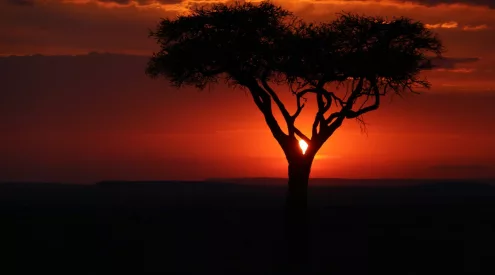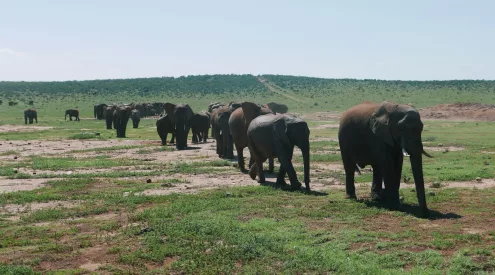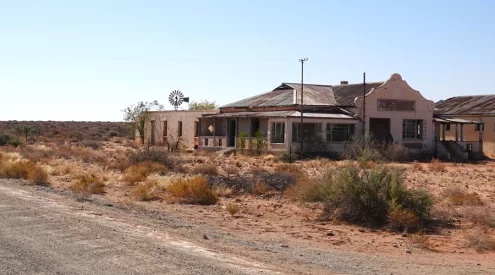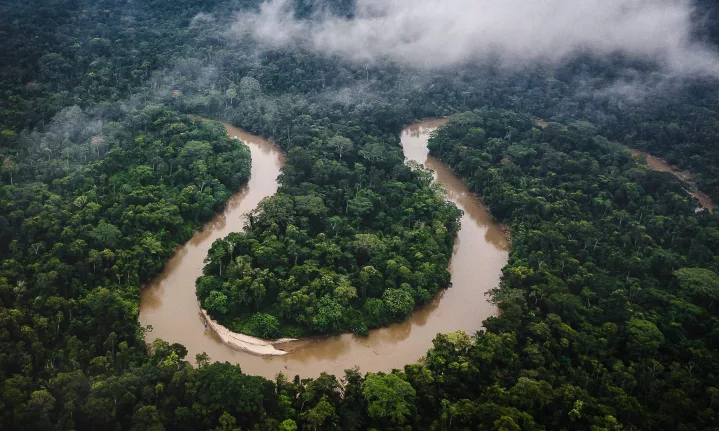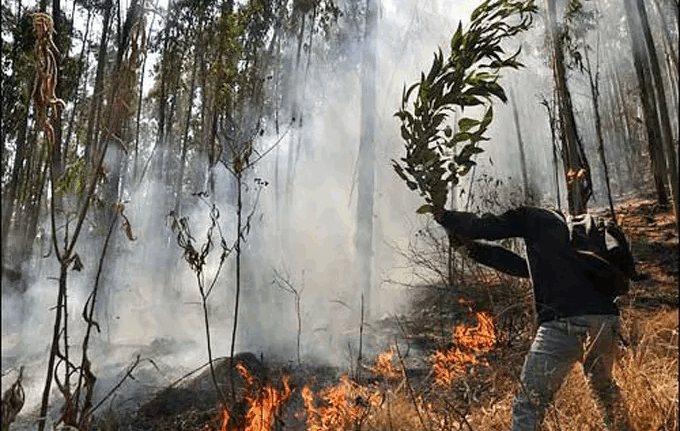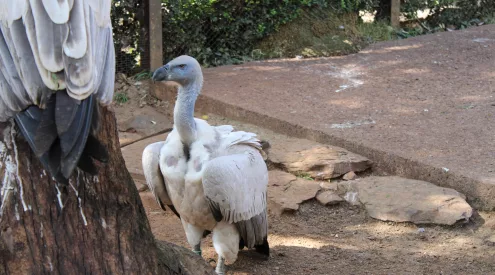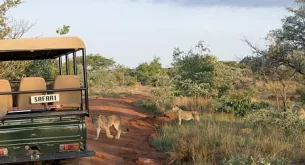According to new satellite data, the world’s tropical forests – vital buffers against climate change – vanished at an unprecedented rate in 2024. Researchers found that 67,000 sq km (26,000 sq mi) of old-growth tropical forest were lost, equivalent to the size of the Republic of Ireland or 18 football pitches every minute.
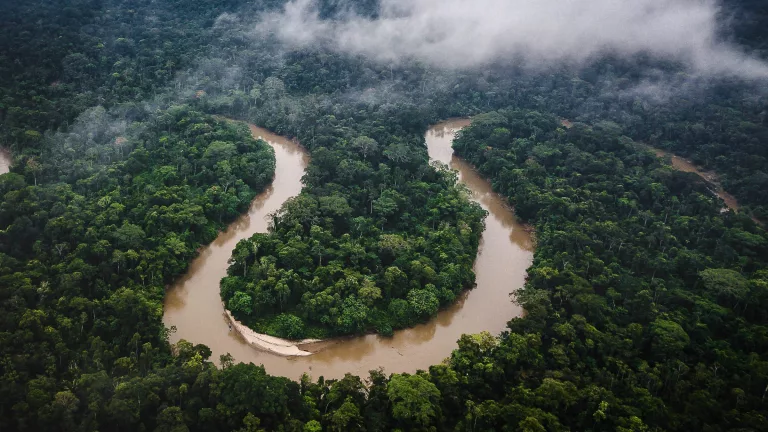
Picture/WIRED
Fire overtakes farming as a primary threat
For the first time on record, fires became the dominant driver of forest loss, surpassing agricultural land clearances. The Amazon, already under stress, suffered acutely amid its worst drought, fuelled by climate change and the El Niño weather pattern.
“The tipping point idea is, I think, increasingly the right one,” said Professor Matthew Hansen, co-director of the GLAD laboratory at the University of Maryland, which produced the data.
Prof Hansen called the findings “frightening”, warning of the risk of “savannisation” – the process where dense tropical rainforests degrade into savanna.
“It’s still a theory, but I think that that’s more and more plausible, looking at the data.”
A separate study published last week echoed this concern, suggesting major dieback in the Amazon if global warming exceeds the 1.5°C target set by international climate agreements.
ALSO READ: How cake glitter is helping save water voles in Wales
Carbon consequences and climate feedback
Historically, the Amazon has absorbed more planet-warming CO₂ than it emits. But that balance is shifting. The fires now release massive amounts of carbon back into the atmosphere, intensifying climate change rather than mitigating it.
In total, researchers estimate that the record loss of primary tropical forests in 2024 released 3.1 billion tonnes of CO₂, roughly equal to the entire annual emissions of the European Union.
“I think we are in a new phase, where it’s not just the clearing for agriculture that’s the main driver,” said Rod Taylor of the World Resources Institute (WRI), co-author of the report.
“Now we have this new amplifying effect, which is a real climate change feedback loop, where fires are just much more intense and much more ferocious than they’ve ever been.”
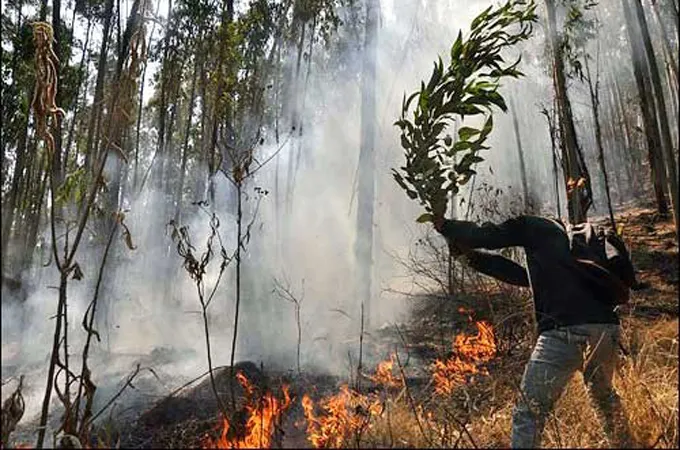
Picture/Bolivia fires/Al Jazeera
Droughts and deliberate burning
Many of the fires are deliberately set to clear land for farming. However, 2023–2024’s severe drought created conditions where these fires spread rapidly and uncontrollably, especially in Brazil and Bolivia, as previously reported by Reuters. The report notes that while this data reflects a single year, it aligns with the projected trend of more intense tropical fires in a warming world.
A glimmer of hope in Southeast Asia
While the overall trend is alarming, there were signs of progress in Southeast Asia. In Indonesia, for example, primary forest loss declined by 11% from 2023, despite similar drought conditions.
This progress is credited to strong government enforcement of no-burning laws and community-led efforts.
“Indonesia serves as a bright spot in the 2024 data,” said Elizabeth Goldman, co-director of the Global Forest Watch project at WRI.
“Political will is a key factor of success — it’s impossible otherwise,” added Gabriel Labbate, head of climate change mitigation at the United Nations Forest Programme UNREDD, which was not involved in the report.
Policy lessons from Brazil and beyond
Brazil once saw success in curbing deforestation, but began experiencing renewed losses after a shift in government policy in 2014. This highlights the importance of policy consistency, said Prof Hansen.
“The key we haven’t seen yet is sustained success in reducing and maintaining low levels of conversion of these ecosystems. If you were interested in conserving the environment, you have to win always and forever,” he told BBC News.
Looking ahead to COP30
The upcoming UN climate summit, COP30, which will be hosted in the Amazon, is seen as a pivotal moment for global forest protection efforts.
Among the proposals on the table is a payment scheme for countries that successfully protect their tropical forests. Details are still being worked out, but experts are optimistic.
“I think it’s an example of an innovation that addresses one of the fundamental issues — that at the moment, there’s more money to be made by chopping forests down than keeping them standing,” said Rod Taylor.
Follow us on social media for more travel news, inspiration, and guides. You can also tag us to be featured.
TikTok | Instagram | Facebook | Twitter
ALSO READ: Rwanda set to welcome 70 rhinos from South Africa


